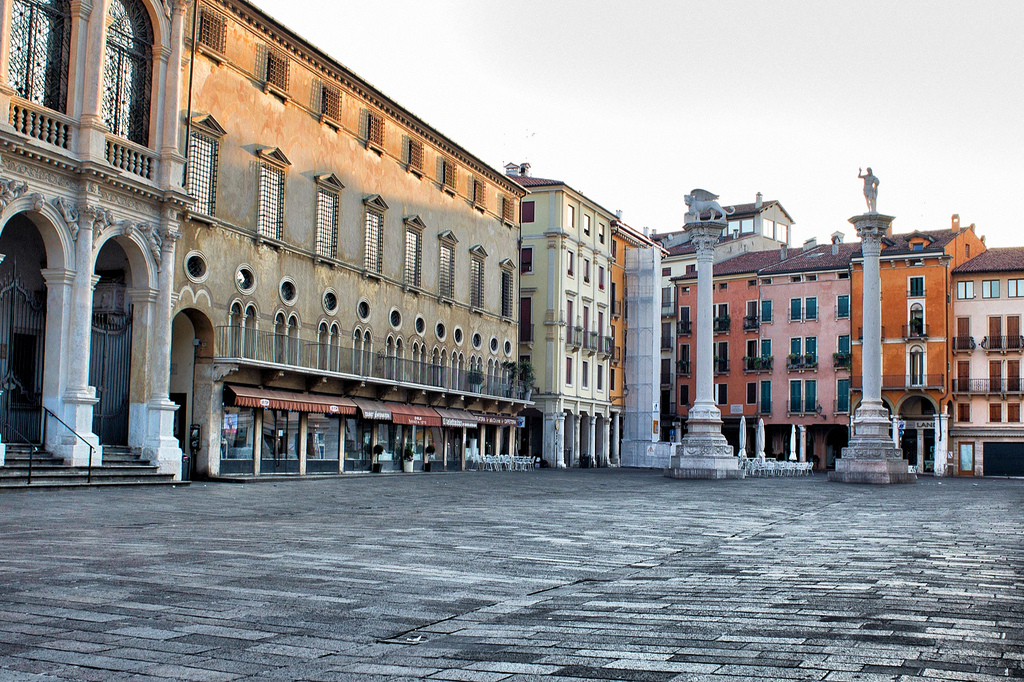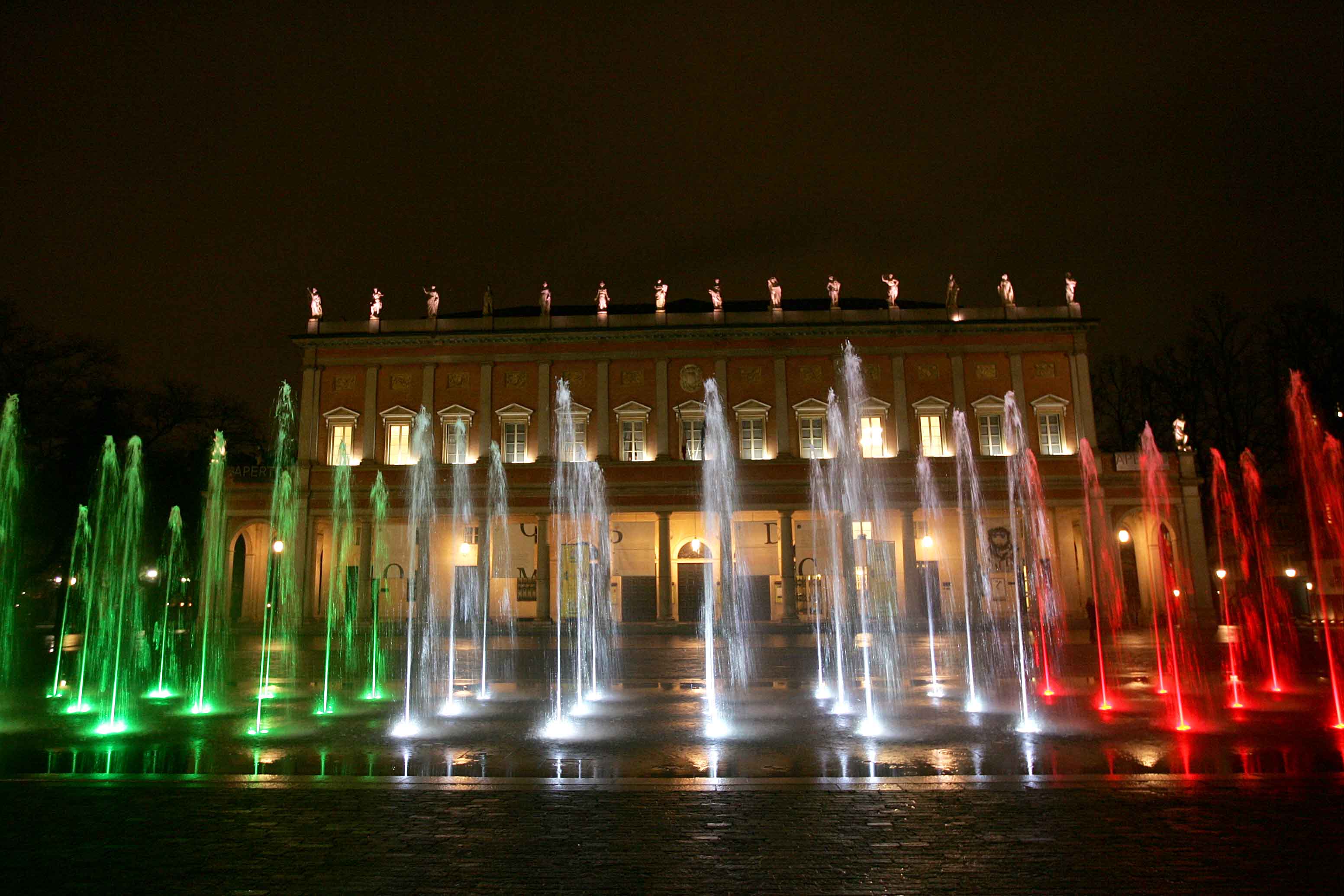City Specific Information
Vicenza

When Palladio escaped an oppressive employer in his native Padua, few would have guessed the humble stonecutter would, within a few decades, transform not only his adoptive city but also the history of European architecture. By luck, a local count recognised his talents in the 1520s and sent him to study the ruins in Rome. When he returned to Vicenza, the autodidact began producing his extraordinary buildings, structures that marry sophistication and rustic simplicity, reverent classicism and bold innovation. His genius would turn Vicenza and its surrounding villas into one grand Unesco World Heritage Site. And yet, the Veneto’s fourth-largest city is more than just elegant porticoes and balustrades – its dynamic exhibitions, bars and restaurants provide a satisfying dose of modern vibrancy.
Reggio-Emilia

Often written off as an emergency pit stop on the Via Emilia, Reggio Emilia states its case as birthplace of the Italian flag – the famous red, white and green tricolour – and a convenient base for sorties south into the region’s best natural attraction, the Parco Nazionale dell’Appennino Tosco-Emiliano. Those savvy enough to get out of their train/car/bus will find a cyclist-friendly city of attractive squares, grand public buildings and a leafy park.
Known also as Reggio nell’Emilia, the town started life in the 2nd century BC as a Roman colony along the Via Emilia. Much of Reggio was built by the Este family during the 400 years it controlled the town, beginning in 1406.
